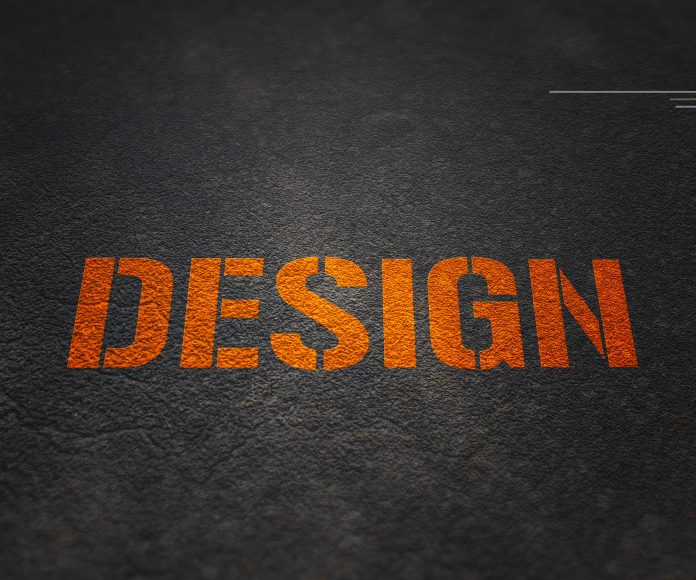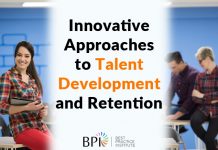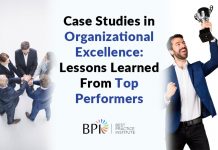The benchmark-it topic explored best practices for successful organizational design. In addition, participating members discussed their current experiences with organizational design projects, and shared the relative challenges and potential solutions associated with them. The conversation was robust and focused on answering the following questions:
- How do you take the fear out of organizational design, so that leaders embrace the opportunity to look at their organization holistically?
- How do you quickly skill-up leaders and HR teams to facilitate organization design?
- How to get cross-functional integration to ensure that what’s being designed as a function integrates with the design of other functions when approaches and timing are not necessarily aligned?
- What are best practices or better, new/innovative ways for sharing the new organization design but beyond the boxes – real insight into what the future state of work looks like?
These questions were addressed in a few slides shared by the BPI Research Fellow and then again during an engaging round-robin conversation where participants shared their own insights on these topics. The slides addressed research methodology along with knowledge of recent cases and organizational design best practices. Following the slides, many significant themes emerged from the dialogue including:
Leveraging HR business Partners
Some organizations expressed challenges with HR Business Partners not understanding or starting with the strategy when approaching organization design changes. To address this gap, one company invested in a 12-month training program for HR Business Partners to receive the support tools and training necessary to articulate the strategy. The best practice discovered is that when HR BPs have knowledge of the business, they are better thought partners and drivers of change.
In addition, another positive benefit of “upscaling” HR Business Partners is their proven ability to help with lateral integration and systemic thinking across the organization. When provided with the right knowledge, skills and abilities, the HR Business Partner is a powerful change agent cutting across all levels and departments within an organization.
Accountability
The participants explored how to hold employees accountable following organizational design to safeguard decisions that are made. One participant shared challenges with slippage following approved changes and inquired about checks, balances, and policies other companies use to ensure decisions aren’t undone for at least a year.
One recommendation included an agreement to specific principles at the leadership level to ensure accountability. Every year a snapshot is reported-out on those following or not following the agreed upon principles. A second recommendation involved providing monthly reports to leadership on organizational metrics that flagged progress or slippage to reinforce any implemented changes.
Sustainability
Stemming from the conversation around accountability came the topic of sustainability and how to keep people going when they are tired of change. One participant shared a best practice to continually bring employees back to the strategy and business model. She said it’s important to say things at least 15/20 times at the CEO & leadership level and it’s just as important to communicate during times of change as well as periods without change. The role of the CEO is critical for reinforcing the message from top down and for process continuity.
In addition, the notion of HR Business Partners monitoring (but not policing) the future state of organizational design is valuable. One participant described HR Business Partners as being vehicles of the change curve. They can implement, communicate, and hold people accountable which all lends itself to sustaining organization design changes.
In summary, while success measures can be both quantitative and qualitative a good, sustainable organization design change occurs when there is a shared understanding of strategy across levels, active dialogue and properly trained HR Business Partners in organizational design.










